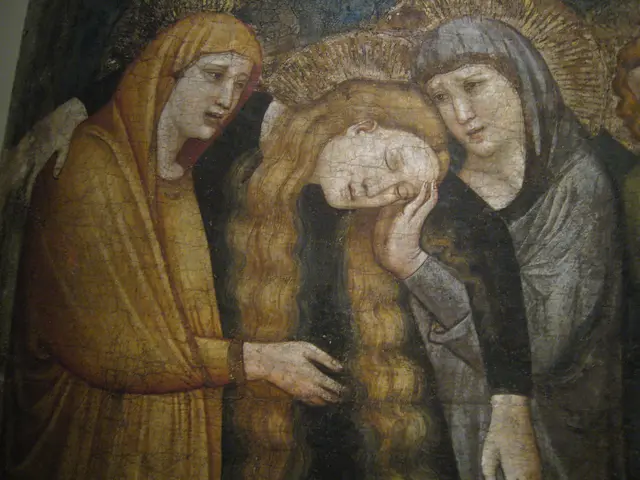Creatures Forming Bond: Friendships Amongst Various Species
Animals form social bonds reminiscent of human friendships, according to a behavioral biologist. Karsten Brensing, an author and expert in the field, suggests that these relationships are not just for survival, but a result of genuine connections.
Traditionally, experts debated whether these bonds existed. However, Brensing explains that over the past ten years, science has recognized these friendships in the animal world.
For instance, dolphins have been found to remember their former companions for more than two decades. Researchers have discovered that dolphins recognize each other by their unique signature whistles, even when they haven't heard it in years. These whistles serve as a kind of animal's name.
Such social connections are seen as crucial to an animal's intelligence, according to the "Social Brain Hypothesis." This theory assumes that some animals have evolved large, complex brains to manage their increasingly complex social lives.
Historically, these relationships were believed to serve a specific purpose, often in the form of a quid pro quo. For example, among chimpanzees, grooming was often based on hierarchy, with higher-ranking individuals receiving more care.
Nowadays, these connections are viewed in a broader context. Brensing notes that they are seen as mechanisms that result less from calculation and more from feelings, much like in humans. Hormones such as oxytocin are involved, which can create feelings of comfort and even a willingness to sacrifice for each other.
Not all animals have the mental ability to form close friendships. They must possess certain cognition skills, such as long-term memory and the capacity to recognize individuals. In large groups, such as schools of fish or herds of cattle, where individuals are often strangers, there are no friendships. However, in smaller groups, where animals know each other, these bonds are common.
Studies on baboons, elephants, and dolphins have found friendships mainly among females, males, and unrelated individuals, respectively.
The choice of companions often follows character and personality traits, much like in humans. Animals tend to choose companions with similar characteristics. Early childhood experiences also play a significant role and can bridge character differences.
Although inter-species connections are rare, they can occur during early life stages. In captivity, animals from different species have developed deep bonds, such as the famous case of a tiger and a goat from a Russian zoo and a camel and an elephant from a Danish circus.
The enrichment data suggests that animals engage in long-term, reciprocal relationships, often supporting each other repeatedly over years. These bonds are influenced by kinship, reciprocity, social stability, individual preference, and ecological needs, creating complex social networks that mirror human friendships.
Science continues to uncover the intricate world of animal friendships, shedding new light on their emotional and social lives. This deepens our understanding of the similarities between human and animal societies.
- The social bonds formed by pets, reminiscent of human friendships, are not just for survival but result from genuine connections, as suggested by Karsten Brensing, an author and expert in the field.
- In the realm of fashion-and-beauty and personal-growth, the choices we make in our lifestyle often reflect our personality traits, much like animals choosing companions with similar characteristics.
- The Social Brain Hypothesis posits that the development of large, complex brains in some animals is a result of managing their increasingly complex social lives, including friendships within food-and-drink, home-and-garden, and relationships.
- Books on education-and-self-development delve into the complex social networks that mirror human friendships, shedding new light on the emotional and social lives of animals.
- Entertainment media often features heartwarming stories of inter-species connections, such as the famous cases of friendships between a tiger and a goat, a camel and an elephant, which highlight the capacity for personal-growth and empathy even across species boundaries.








